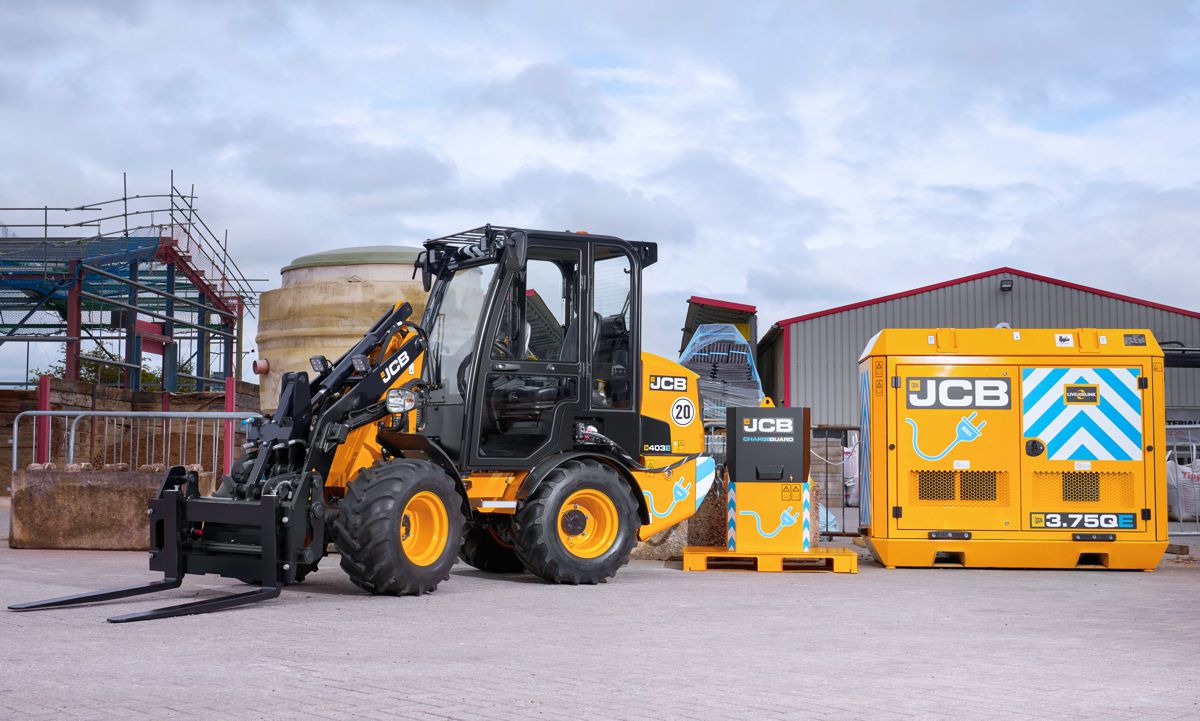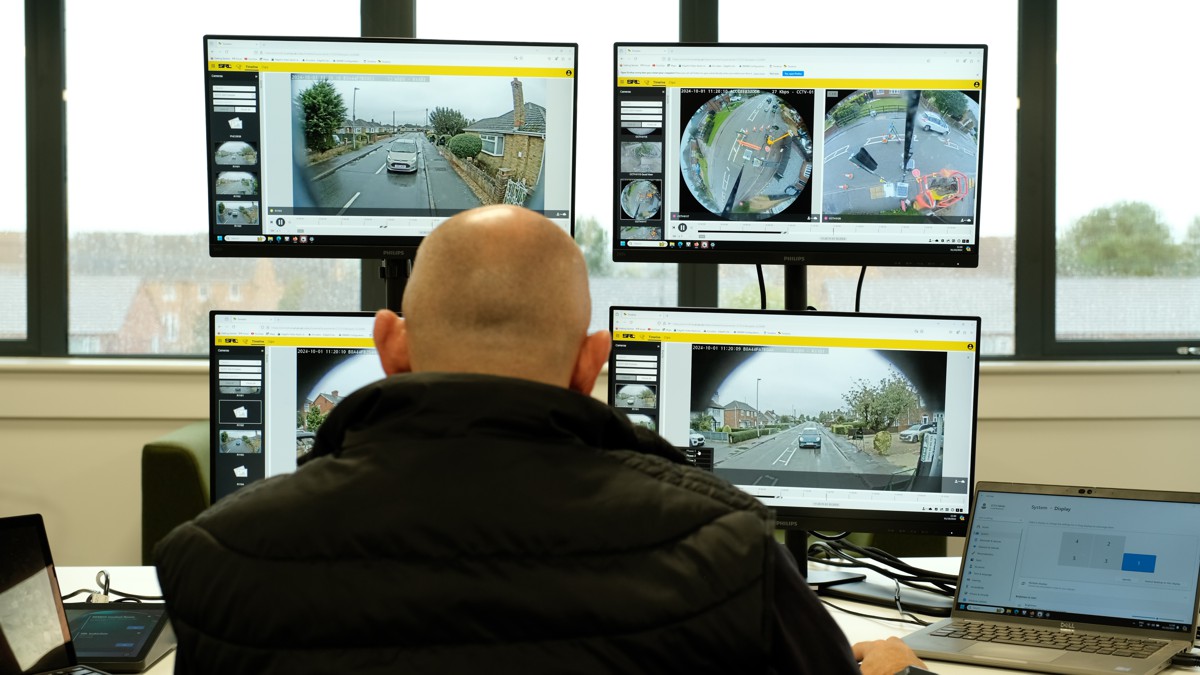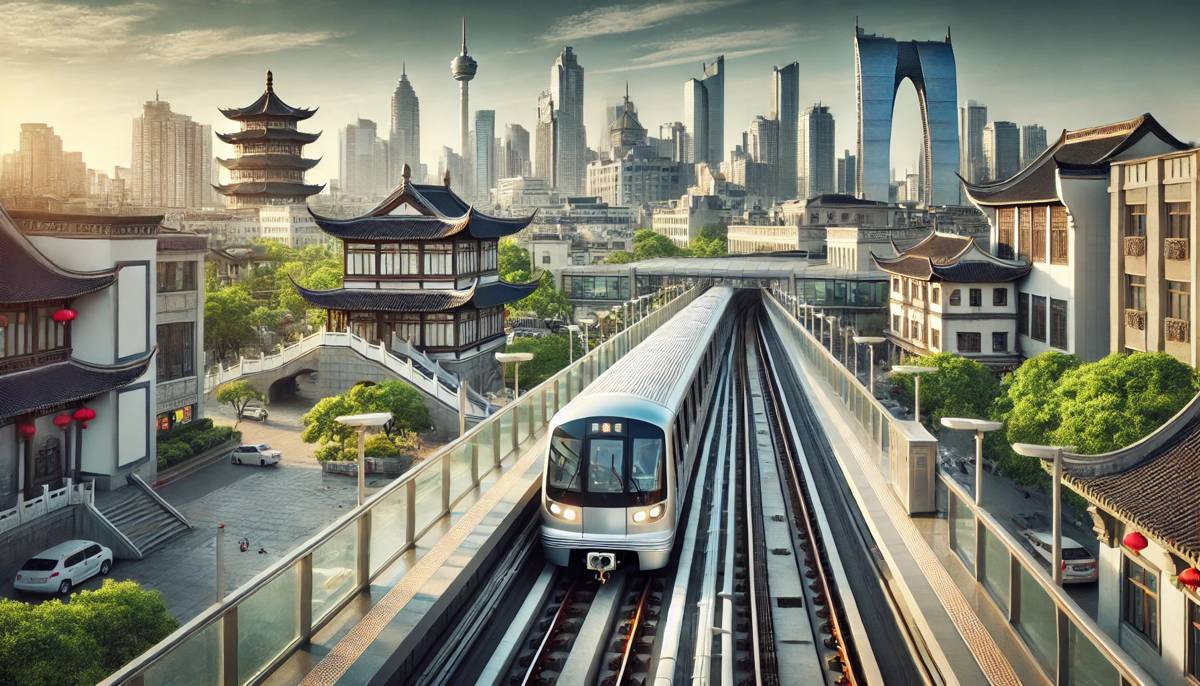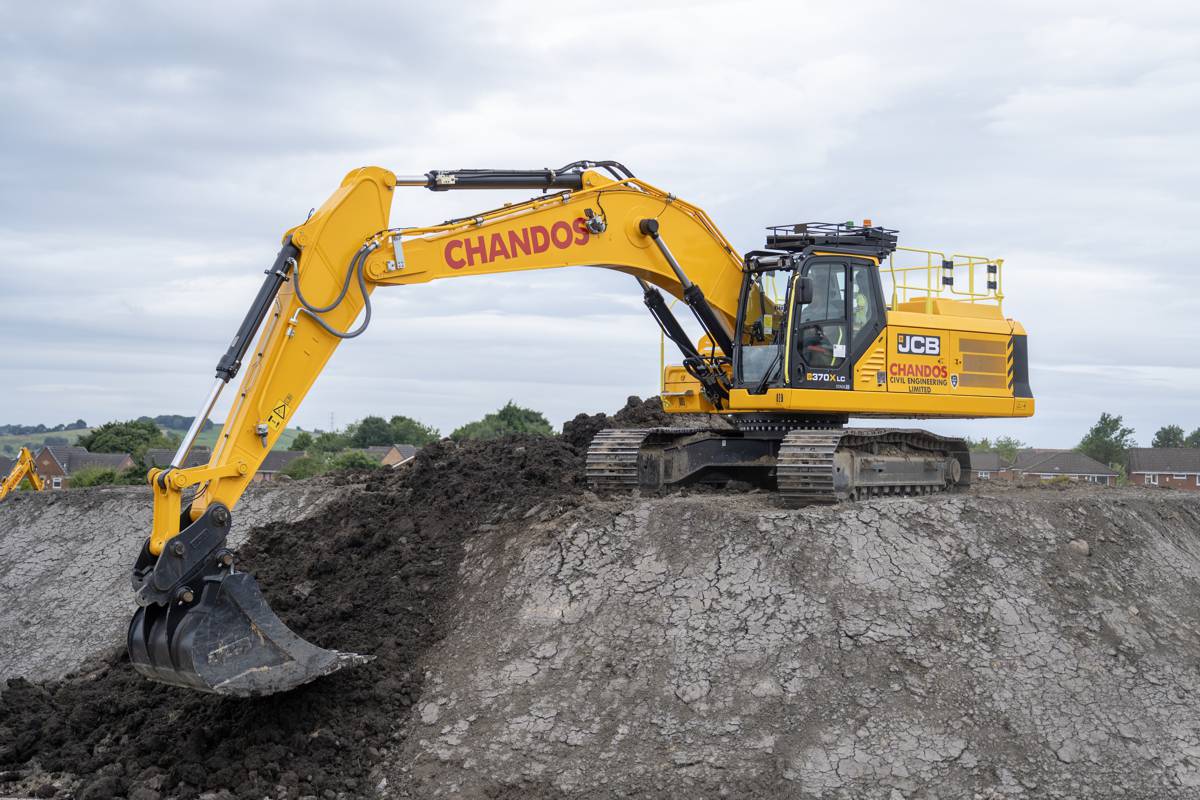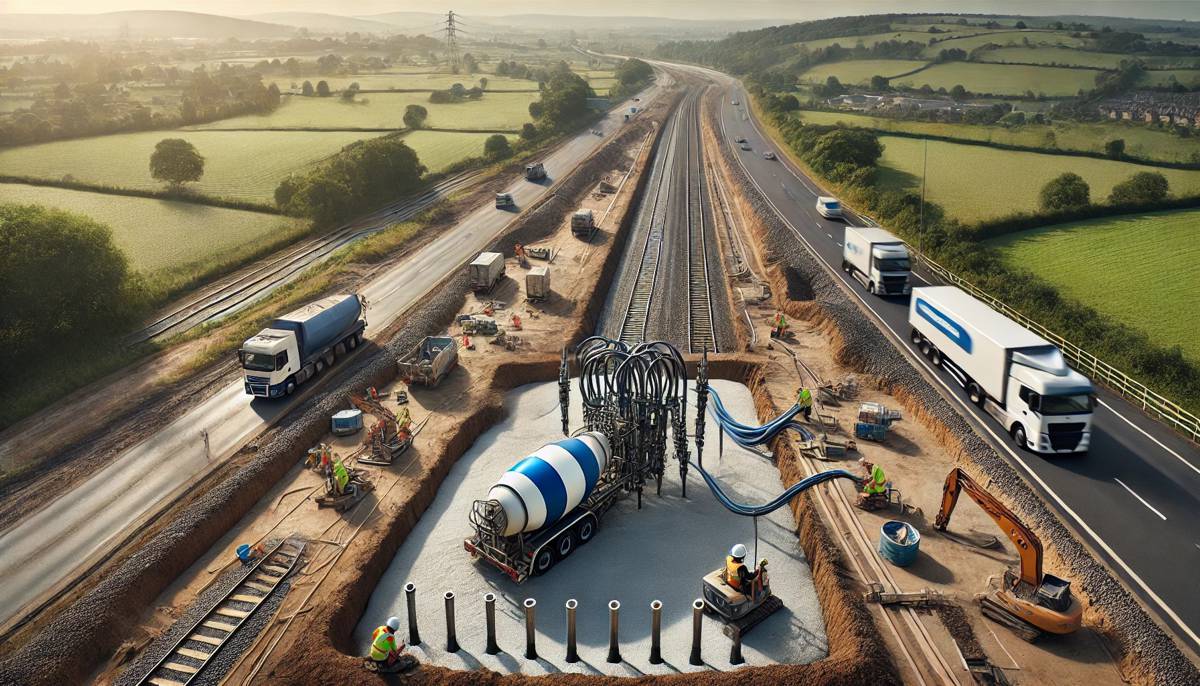Red light enforcement cameras and CCTV rolled out at high-risk level crossings
A major investment in railway safety in Kent, Sussex and Surrey will see state-of-the-art red light cameras installed at the county’s highest-risk level crossings, Network Rail has announced today.
The scheme is part of a roll-out of camera technology at 45 automatic half-barrier (AHB) level crossings across the south east region by the end of 2019.
Working much like a speed camera, red light safety enforcement (RLSE) cameras can identify vehicles that jump the lights at level crossings and capture evidence.
Motorists are then automatically notified of their offence and given the option to pay a £60 fine and receive points on their licence, or sit a level crossing safety awareness course.
As an extra deterrent, signs will be installed to warn motorists they could be caught on camera.
The cameras have already been installed at four crossings in West Sussex, at Nutbourne, Toddington, Yapton and Littlehaven. Early findings show more than an 80 per cent average reduction in the number of motorists ignoring warning lights and swerving around the barriers.
More than 60 motorists were caught risking their lives ignoring warning lights at Yapton level crossing, West Sussex, in the red light enforcement camera’s first month of operation. A further 94 were caught but not prosecuted while the camera was in ‘test’ mode the month before, including a school minibus and a bus.
Simon Morgan, Network Rail south east’s safety director, said: “Our railway is the safest in Europe, but level crossings are still a very real safety risk. These cameras are a proven, cost-effective way to improve safety and encourage motorists not to take unnecessary risks when crossing the railway.
“Knowing that jumping the lights or swerving the barriers at a level crossing will almost certainly result in a prosecution is enough to make most drivers think twice.
“This isn’t about money, as Network Rail isn’t involved in the issuing of fines or the enforcement process. For us, the perfect scenario is to have everyone cross the railway safely with no penalties issued.”
Today’s announcement coincides with the nationwide launch of a Network Rail level crossing safety campaign targeting motorists who deliberately flout the rules, putting themselves and others in danger.
New research from Network Rail reveals one in seven drivers wouldn’t wait for the barrier or gate to open before driving their vehicle over. In the last five years alone, six people have lost their lives in vehicles at level crossings, with many more being hurt and injured. At Battle level crossing last month (video attached in notes to editors), a lorry driver ignored the red lights and smashed through the barriers.
Every week around 46 incidents involving vehicles take place at level crossings across the country.
Worryingly, the findings showed 11 per cent of drivers would go straight over a level crossing if they had checked the train timetable and believed no train was coming. This is particularly dangerous as freight trains or other trains not listed on the public timetable often pass through at speeds of up to 100mph.
Allan Spence, head of public and passenger safety at Network Rail, said: “It’s clear that there is a lack of knowledge around how dangerous railway crossings can be. We are seeing drivers take risks at level crossings every day, putting themselves and others in danger. Nothing is worth risking your life over, just to save a few minutes.
“We are investing more than £100m to improve level crossing safety across Britain as part of the Railway Upgrade Plan, but we also need drivers to obey the law at level crossings. By staying behind the barrier until it is safe to cross and paying attention to the warnings at level crossings, we can all keep ourselves and those in our vehicles out of harm’s way.”



